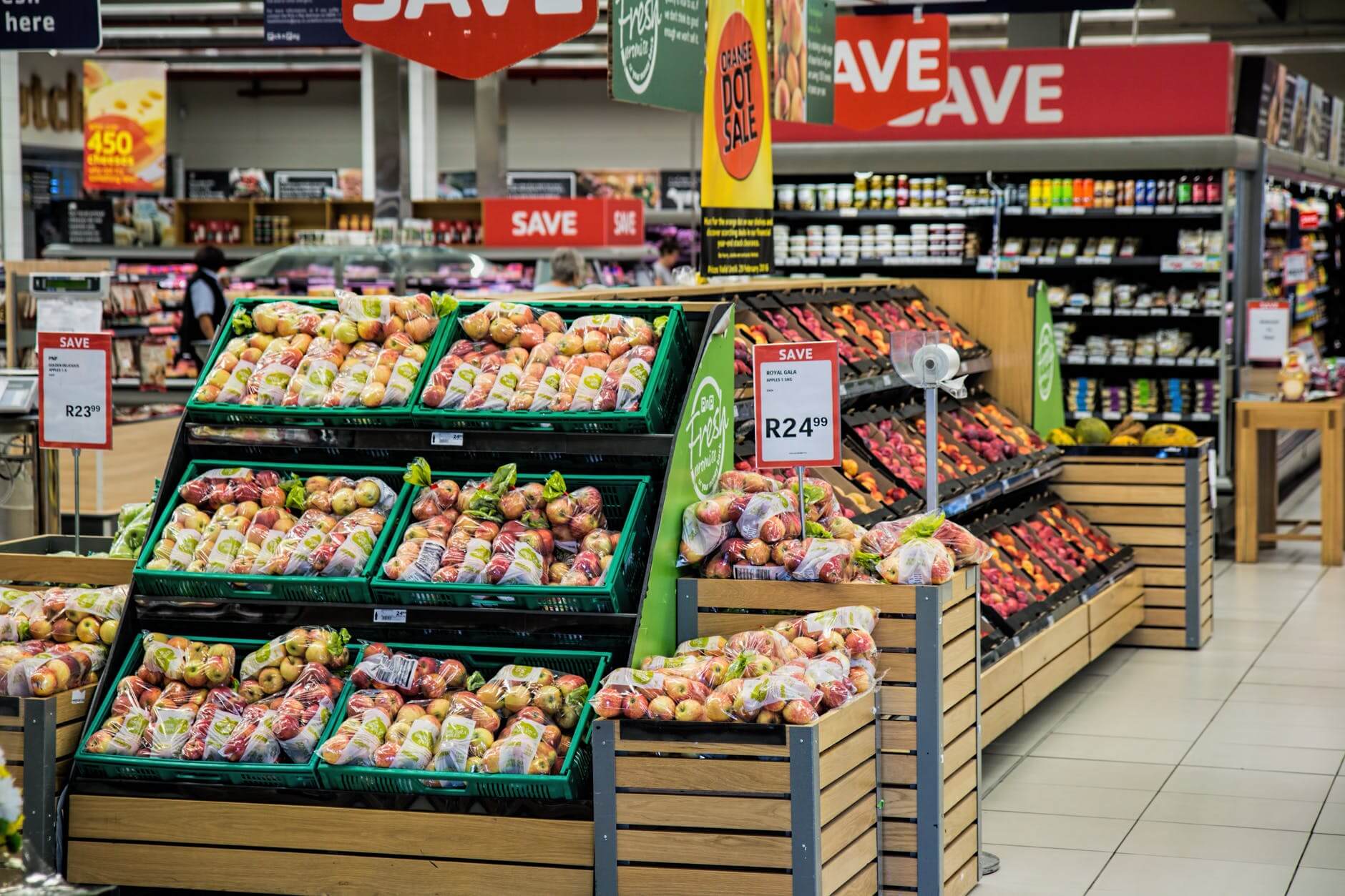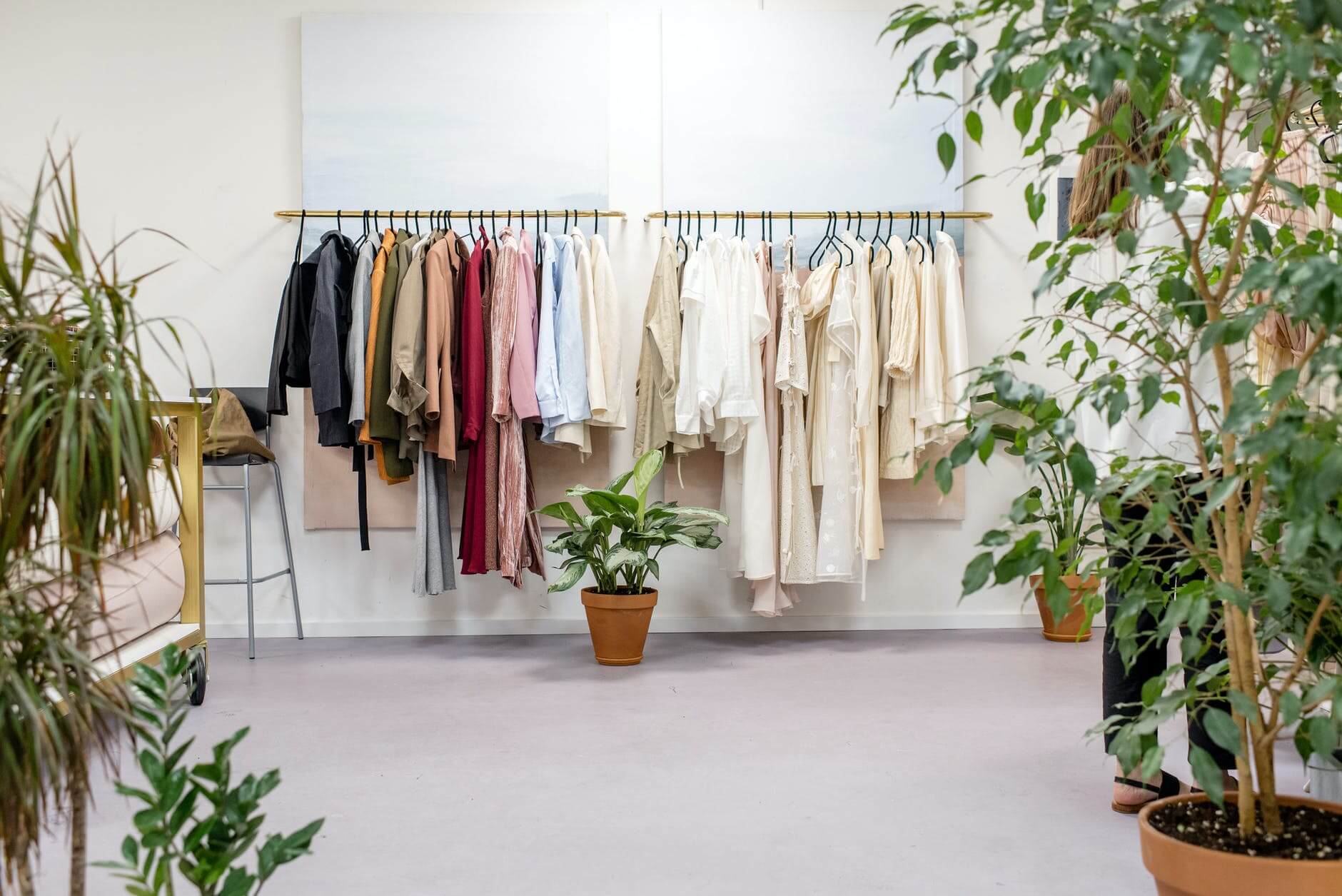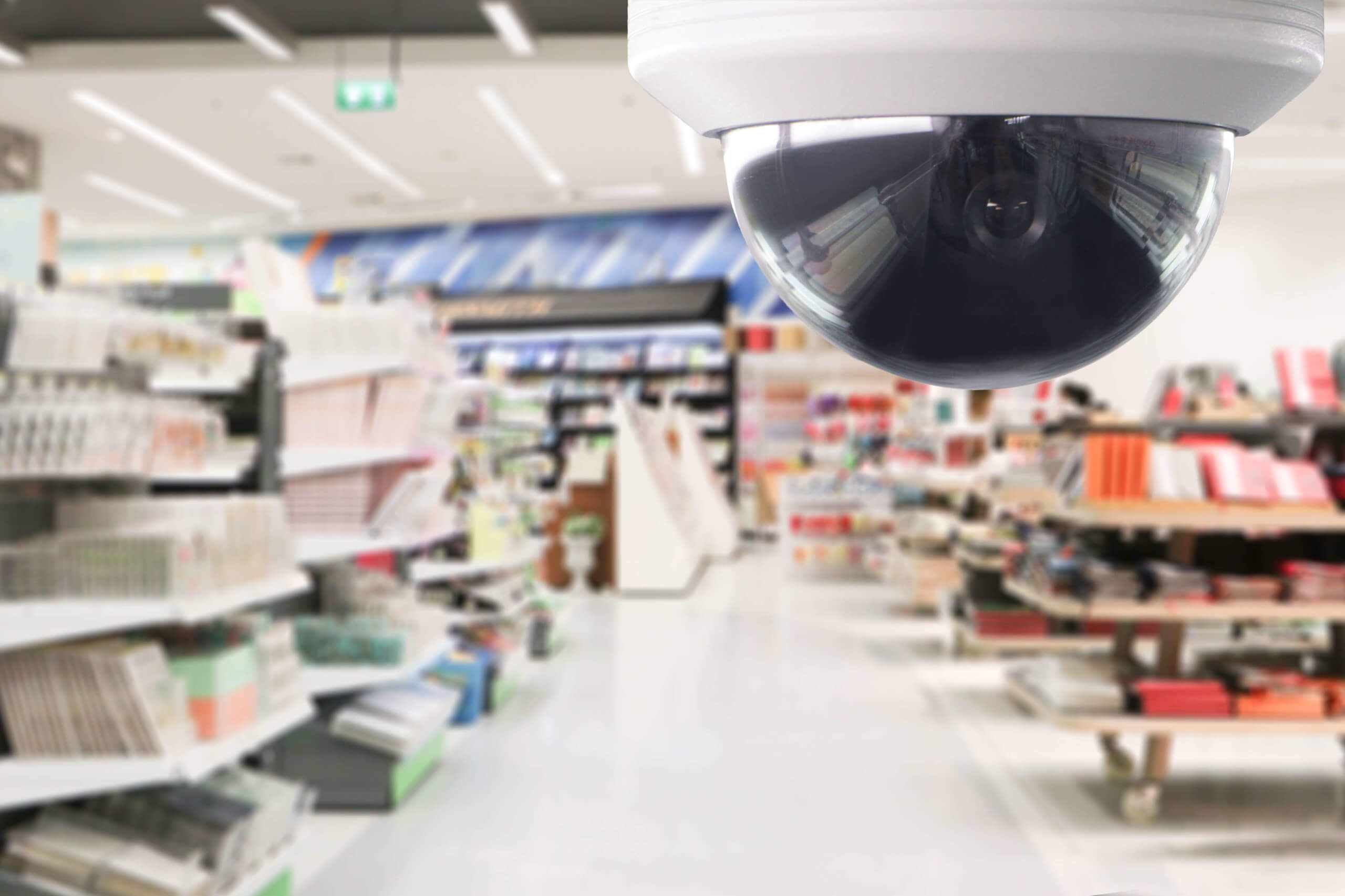Meanwhile, on the other side of the spectrum, non-food retailers have been forced to close on multiple occasions and have faced long periods with little or no revenue. Two very different problems, to say the very least.
It got me thinking, with these post-covid problems being so vastly different, how do we address both sides of the spectrum? Well, to figure that out, first we need to excavate the source of both challenges…
The Groceries Game Has Changed

The pandemic has led take-home grocery sales to grow at their fastest rate since 1994. Sales rose by 14.3%, to £31.4bn, between March and May in 2020, which includes those stockpiling goods.
According to the research, there have been shifts in shopping trends as well, people are shopping at different times of the day but are also moving away from larger weekly shops and instead, shopping more frequently. The average household shop has increased, compensating for the meals they would typically get at work or out dining at restaurants.
Aside from the unprecedented busy periods, supermarkets have also been faced with a rise in theft; in 2020 UK retailers lost £770 million to customer theft.
To deal with the constantly changing demand, retailers are going to need to have greater visibility over their inventory. When coupled with sturdy loss prevention technology, retailers can expect to see a serious reduction in theft, waste and any other stock loss. The basic formula is:
Stock Visibility + Loss Prevention Tech = Reduced Wastage.
“What kind of loss prevention tech is proving to be effective?” I hear you ask. Advanced loss prevention solutions that utilise machine vision can provide in-depth data surrounding inventory and detect loss down to a product level through barcode identification. The solutions can be integrated into security cameras and, using machine learning algorithms, are able to process the information and detect suspicious behaviour. So, individuals that aren’t scanning products at a self-checkout are immediately detected.
This type of technology allows supermarkets to have more accurate data on their inventory levels and prevent excess losses to ensure product levels remain substantial for any unexpected spikes that may occur.
So, What About Non-Food Retailers?

For other mortar retailers who are not in the grocery sector, stores have been closed for the majority of the last year and their revenue has been subsequently impacted, especially those that don’t have an online platform.
Retailers have suffered their worst annual sales performance on record in 2020, non-food fell about 5% according to the British Retail Consortium. Even their spike season, Christmas, offered no respite as they were forced to close during the peak period of the season.
Whilst some have been provided relief packages from the government, this in many cases isn’t enough. For many of these retailers, there will be a major focus on savings and finding ways or areas they can reduce spend.
One area where cost efficiencies can be gained is energy consumption. Many of these commercial stores have still been consuming energy whilst shut down, whether that’s lights to keep the front displays lit or assets that were never turned off. In fact, empty shops are still consuming roughly 84% of their typical energy demand.
Digitalisation in Retail – The Solution to Both Challenges

With the latest technological advancements, stores can tackle energy wastage by creating a smart building infrastructure. Energy monitoring solutions, that utilise IoT sensors, connect to any asset in the store to analyse its performance, which empowers automated responses and ultimately drives efficiency.
Solutions that use machine learning and artificial intelligence are able to analyse the data sent from the sensors to recognise patterns and spot anomalies in asset performance. If an asset is losing an excessive amount of heat, it indicates a wider problem, meaning predictive maintenance can start to take place. However, for retailers whose stores are closed, it enables them to control their assets remotely and shut them down to preserve energy. This process can even be fully automated; dimming lights when not needed or turning off assets during certain times. These efficiencies can continue to be optimised into the future, even when stores open their doors again
If you’d like to know more about how Hark works with retailers to increase efficiency, maximise yield and reduce waste – just click here.



